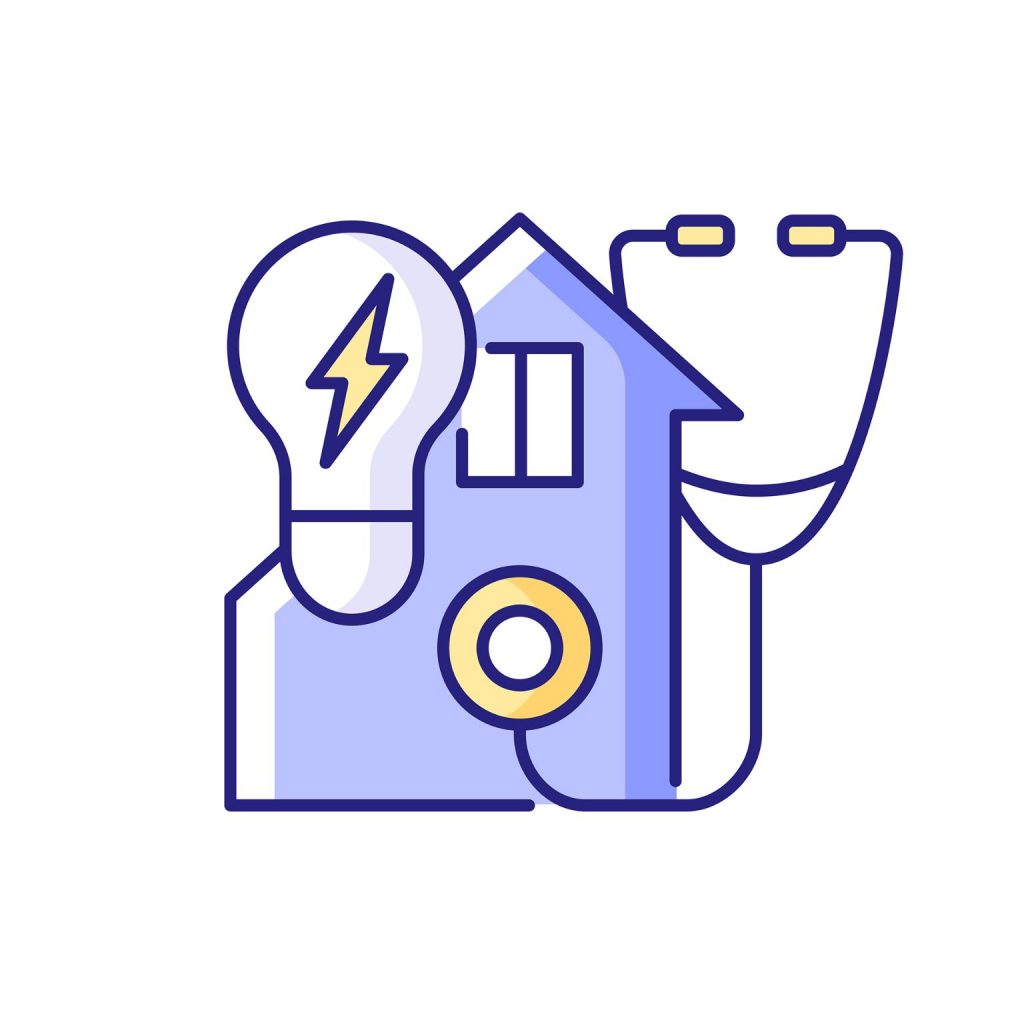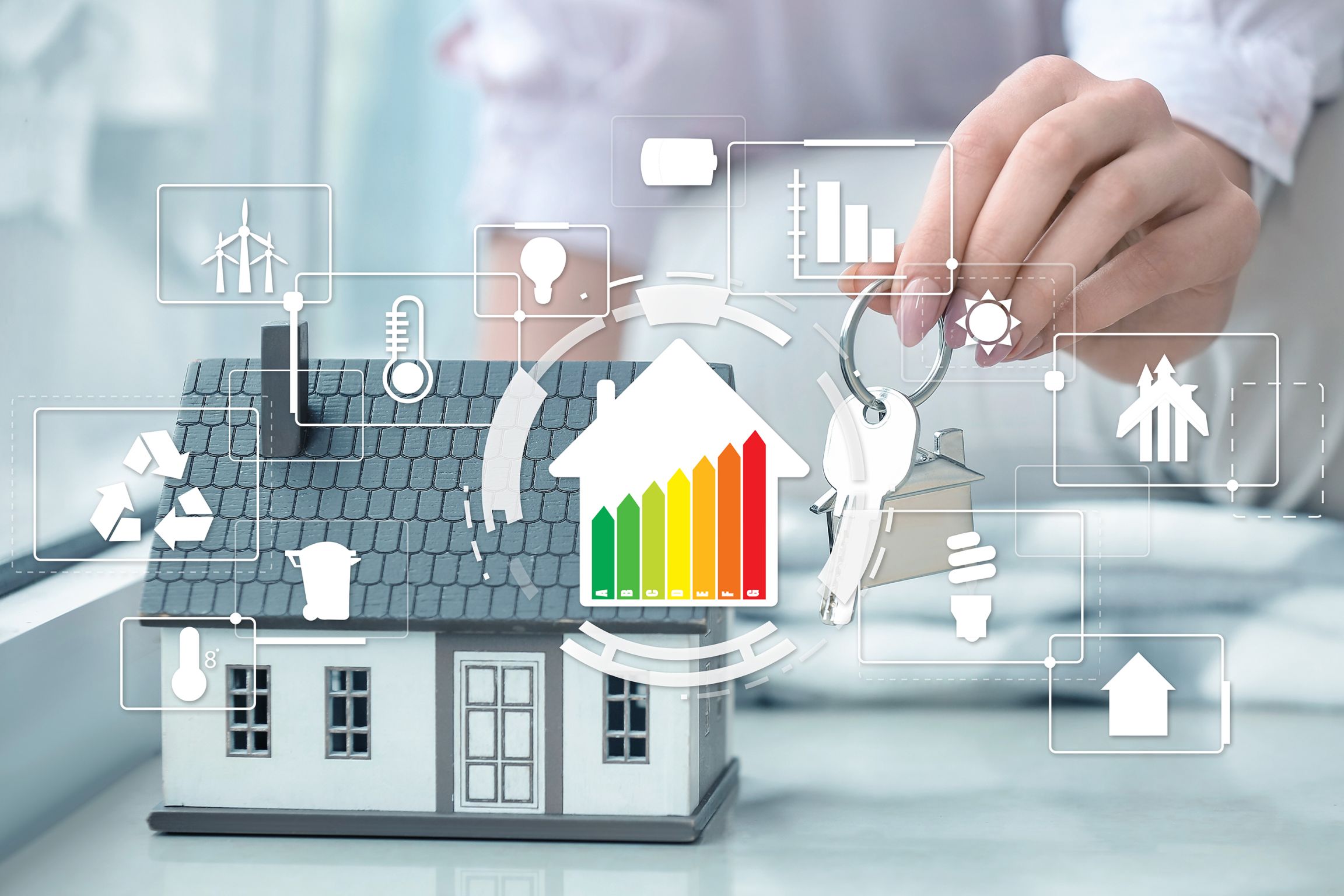
Energy Diagnosis: why it is advisable to measure the energy efficiency of the home
An energy diagnosis, or energy audit, is a systematic procedure aimed at obtaining adequate knowledge of the energy consumption profile of a building or group of buildings, an activity, an industrial or commercial facility, or public or private services.
The purpose of the energy audit is to measure the energy efficiency of the home, identifying and quantifying cost-effective energy saving opportunities.
Producing a correct energy diagnosis of a house is therefore the first necessary step for any energy efficiency intervention.
An energy diagnosis can be carried out on any type of building to identify possible improvements in order to achieve a reduction in consumption.
Through the energy audit, therefore, interventions can be prioritised, trying to optimise the cost/benefit ratio as much as possible.
Energy audits are compulsory for companies, but not necessarily for private homes except in certain cases, although they remain strongly recommended given the benefits they can bring.
An energy diagnosis, carried out both before and after certain interventions, serves for example to certify the jump in energy classes.
Thus, an energy diagnosis serves to highlight all areas of possible improvement in a building, indicating what actions need to be taken to improve energy performance on the one hand and reduce energy costs on the other.
In the UK, the incentive scheme to promote energy efficiency in homes has been a success.
Certainly this policy has led to the promotion of “green” renovations.
The planners devoted themselves to finding solutions to save on heating, but only for the winter months.
Unfortunately, little consideration has been given to summers, which are getting hotter and hotter in Britain.
The Green Deal is an incentive scheme set up to promote energy efficiency in Great Britain.
Many British people have taken advantage of this, turning to specialist planners, who have, however, focused mainly on reducing energy consumption and CO2 emissions during the winter season.
So, they did not consider the summer heatwaves that are becoming more and more frequent in those parts.
Thus, thermal insulation in homes was so excessive that the houses have become veritable saunas in warm weather.
This is why studies have been carried out, which divided the houses according to the chronology of construction and identified the possible interventions to be made, so as not to risk 'melting' during the summer.
Energy audit: who performs them and what steps it involves
A home energy audit report can only be carried out by entities or bodies certified by accredited bodies, such as E.S.Co. (Energy Service Company), E.G.E. (Energy Management Expert) and certified Energy Auditors according to the specific and related technical regulations.
An Energy Audit must be drawn up according to the methodologies and minimum essential criteria described in the UNI CEI EN 16247:2012 Standard (Part 1, 2, 3 and 4).
An energy audit consists of several stages.
First a collection of the necessary data, supported by inspections, takes place in order to understand the problems related to energy consumption, both thermal and electrical, through the timely reading of consumption through utility bills.
This results in an energy consultancy report, in which a specialist technician also carefully assesses the physical condition of the building, from its outer shell to its piping and installations.
With all this data, it is possible to make a calculation of the building's energy demand, which may also depend on different, non- 'physical' factors such as the geographical area in which it is located.
Finally, the technician produces a report where he defines the necessary actions to be taken to reduce energy waste, defining their priorities, costs and benefits.
All this documentation must then be uploaded to the ENEA portal.
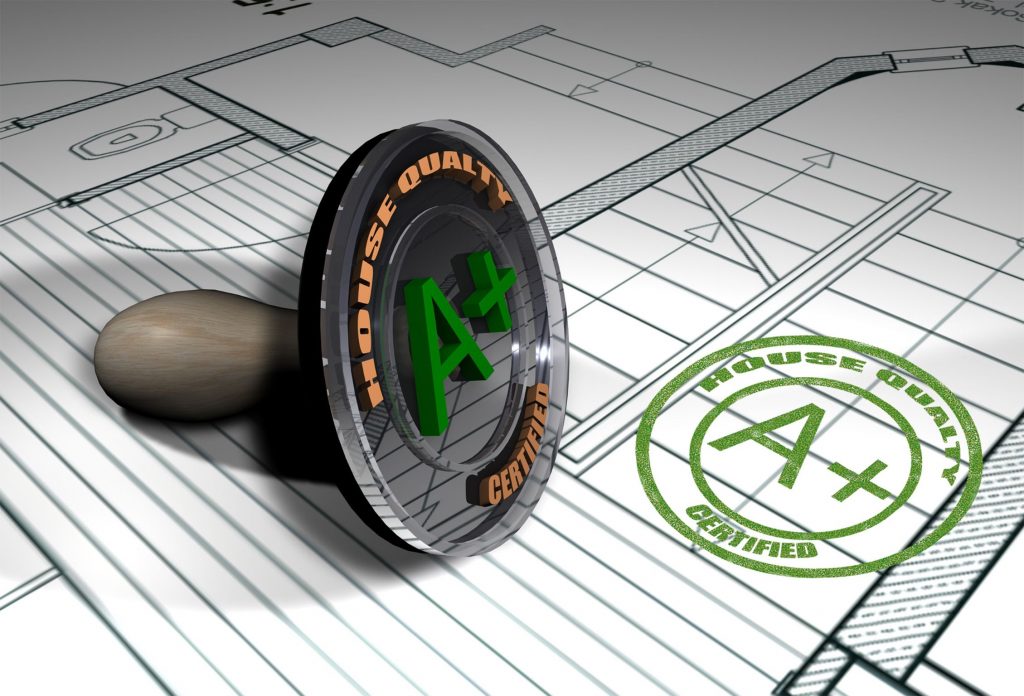
Are energy audit and energy certification of a house the same thing?
Energy Audit and Energy Certification (APE) are not the same thing.
These are two documents that contain different information with respect to a property.
The main difference is that the APE is based on standard calculations, whereas the energy audit proposes data adapted to the individual user.
In an energy certificate, the energy class is determined according to the annual energy consumption per square metre, which is calculated on the basis of the performance of the building shell in relation to the system performance of the building unit under consideration, based on the assumption that the indoor temperature is constantly 20° and the system is switched on 24 hours a day. The intended use of the building is considered without regard to the actual occupation or use of the building.
In the energy audit, the calculation is much more in-depth, taking into account actual values relating to the use of facilities, the people living there, especially in terms of consumption, and up-to-date climate data for the area where the property is located.
In addition, an energy audit also provides an estimate of the costs to be incurred to achieve real energy efficiency.
Finally, the other major difference between the two documents is that Energy Certification does not consider electricity consumption, but is limited to energy performance and fuel consumption for building heating and hot water production.
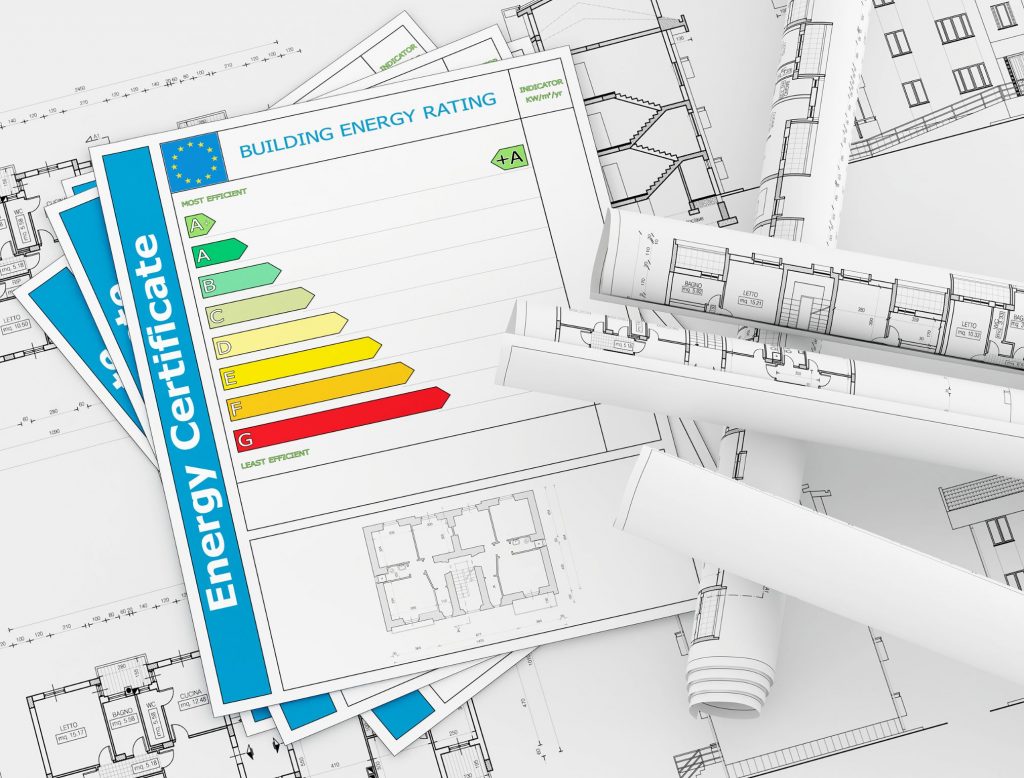
The interventions that can improve the energy efficiency of a building
Several types of intervention contribute to improving the energy efficiency of a building.
On an external level, one can certainly work in terms of thermal insulation, with the laying of a coat or wall insulation.
The installation of solar panels or photovoltaic systems on roofs is becoming increasingly popular.
The installation of PVC window frames also certainly contributes to limiting energy loss.
A key contribution to improving a home's energy efficiency is the installation of modern home automation heating systems, starting with the replacement of the boiler with a condensing or heat pump, which help transform the home into a smart home.
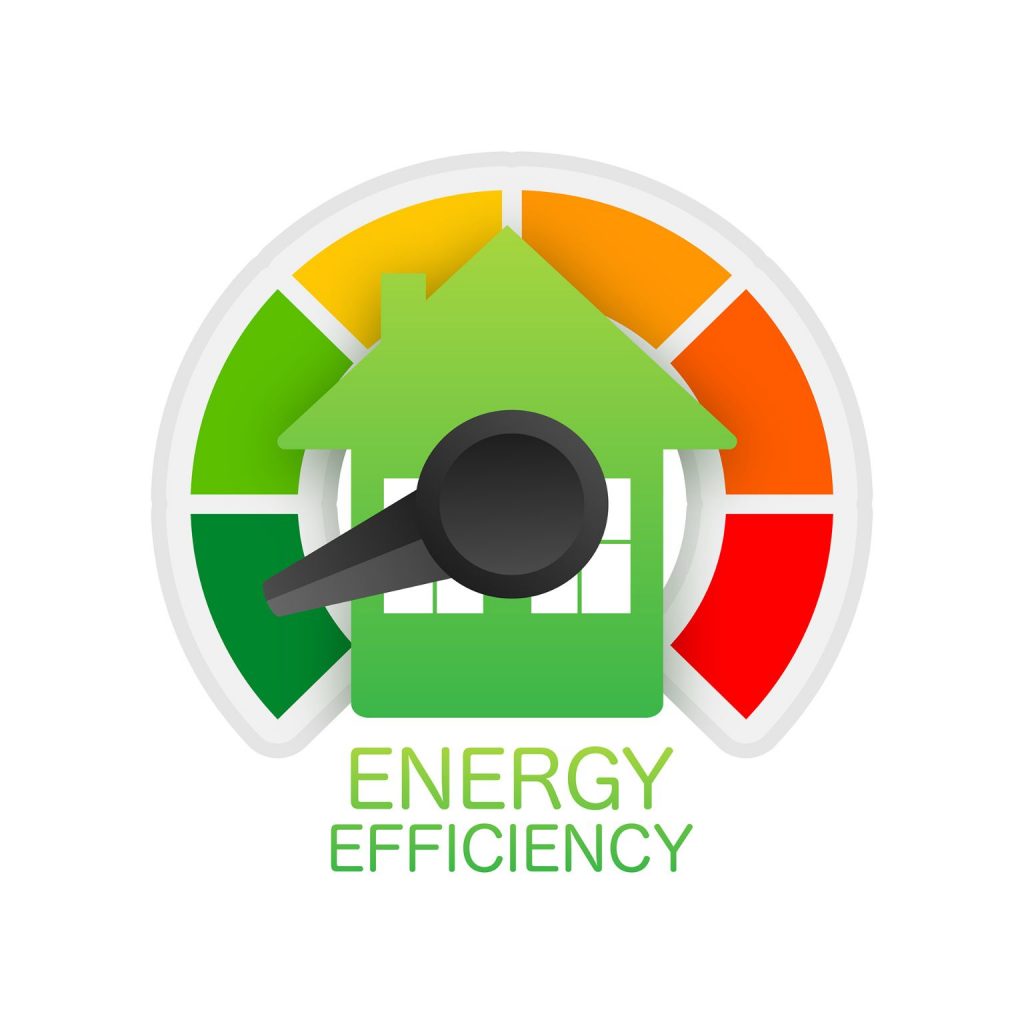
Why the Irsap NOW smart heating system can improve energy performance
The IRSAP NOW smart heating system is the ideal solution for increasing the energy performance of a home, firstly because it allows you to significantly limit heating-related consumption.
The system allows different temperatures to be set in different rooms depending on their use and to ensure maximum comfort at all times: it is a true smart zone heating system also operated by remote control.
In particular, they smart thermostatic valves allow a different temperature to be programmed in each room, adapting to the needs of those who live there.
Maximum living comfort is guaranteed while significantly reducing energy waste.
In addition, the IRSAP NOW smart thermostat, with its Home/Away mode allows you to adjust the temperature not only according to the different rooms but also to the times of the day when you live in them most, with the system switching off manually, via the app, or automatically, by activating geolocalisation on your smartphone, when there are no people in the house.
This is therefore a very useful function: often when leaving the house in a hurry, we forget to turn off the heating.
All thanks to the geolocation system connected to the App.
These home automation tools allow significant energy savings, which translates into a less onerous energy bill.
In addition, installation of the IRSAP NOW smart heating system is a cost that can be amortised over time.
You can get an idea of the savings by using the our configurator.
Other articles
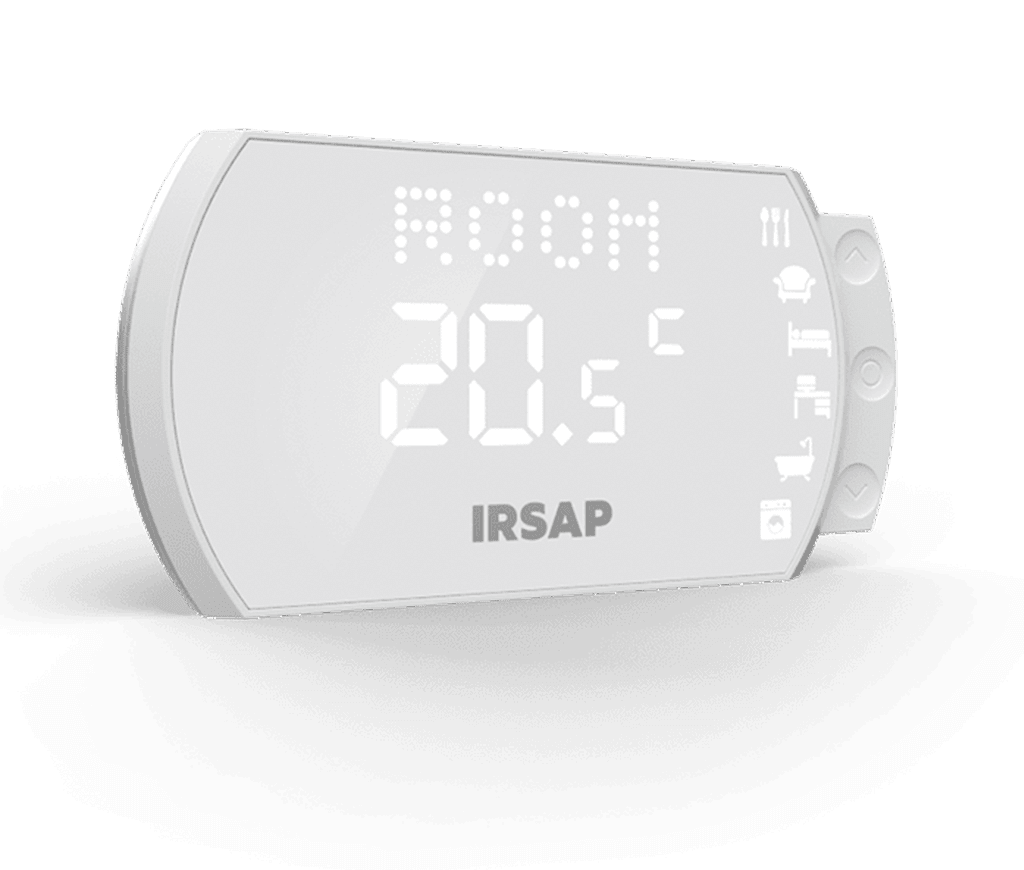
Smart Thermostat
Replace your traditional thermostat with our wireless smart thermostat with advanced functions to easily set the temperature and accurately measure the temperature, humidity level and air quality in your home.
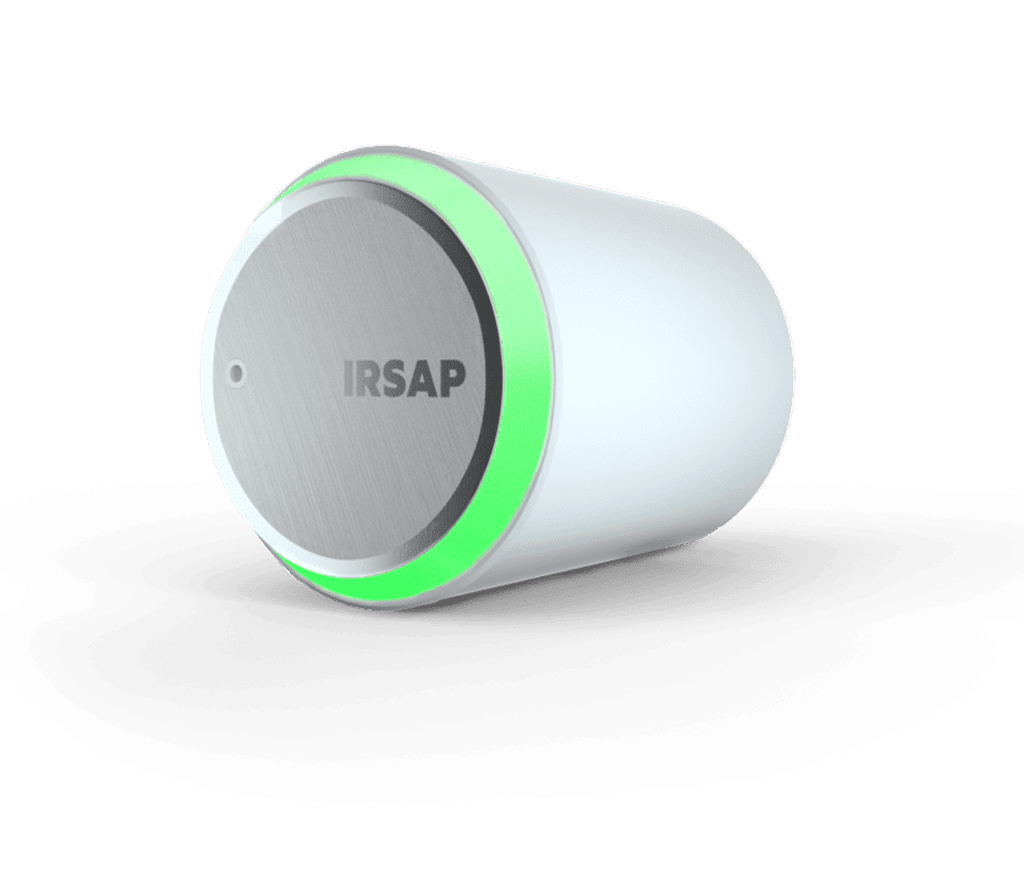
Smart Valve
Control the temperature of each room separately. Our wireless thermostatic valves are compatible with all radiator brands and leading hydraulic valve manufacturers.
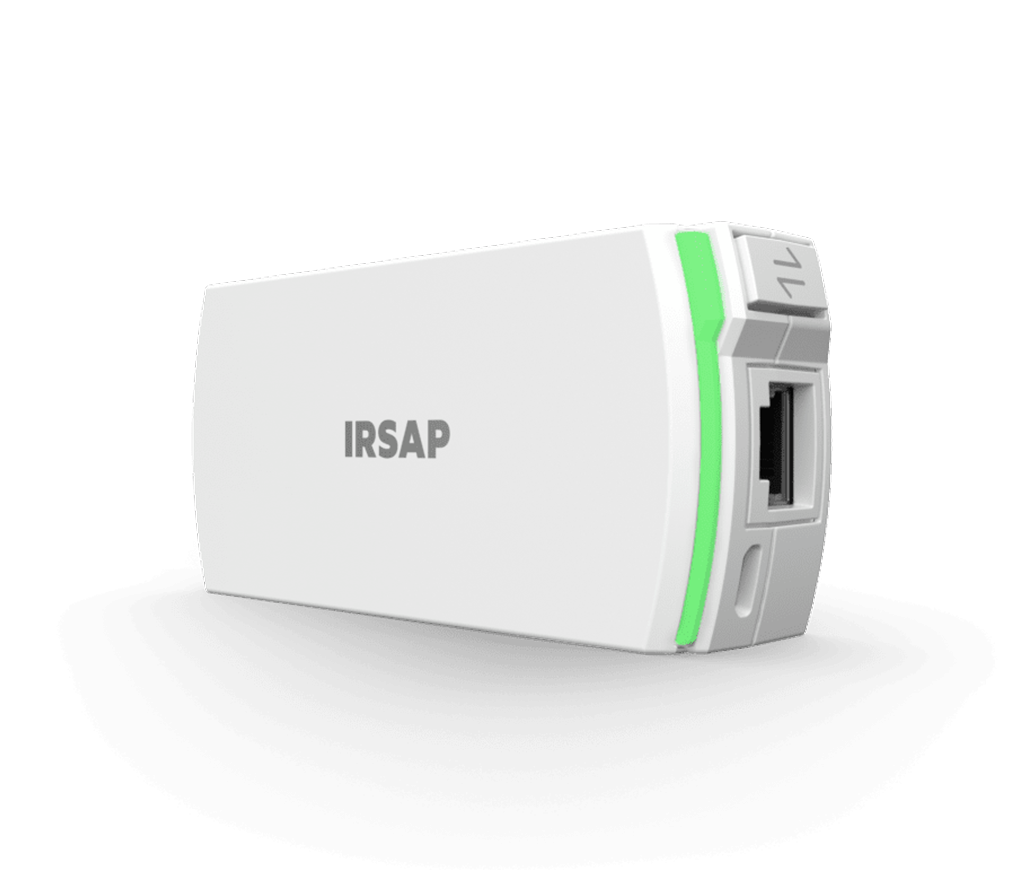
Connection Unit & Repeater
Multi-storey or very large house? Add a Connection Unit to be used in Repeater mode to extend the signal to all rooms and ensure proper communication with other devices in your IRSAP NOW wireless heating system.







